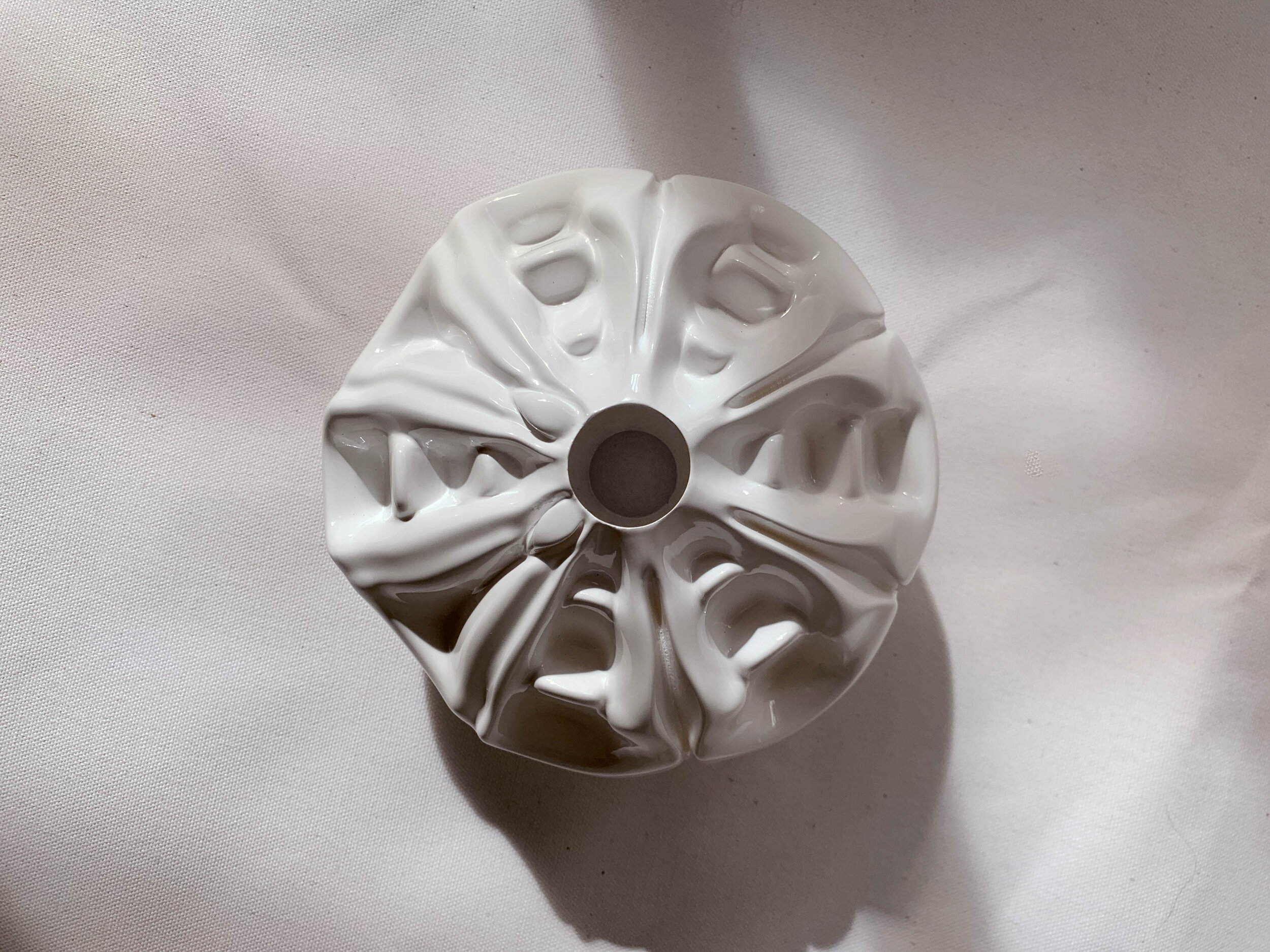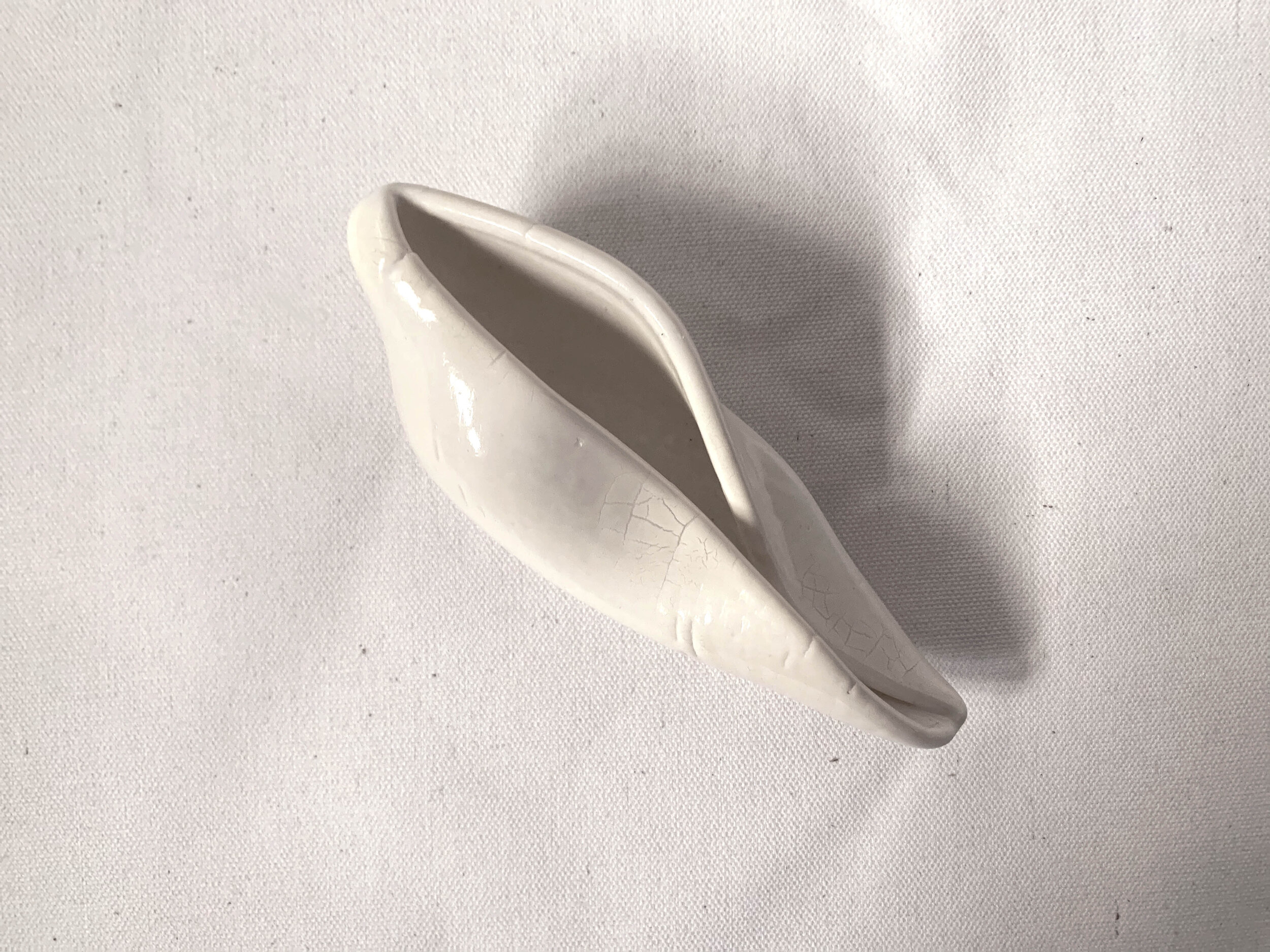Manipura: Of Flowers and Bones
SCULPTURE SERIES & ART BOOK
BY SMITA SEN
2019
ABOUT
Manipura: Of Flowers and Bones (Manipura) is an art book and sculpture series. In it, I investigate the complexities of healthcare, especially those forms of care that sit just outside the realm of professional medicine. In this series, I examine caregiving and its invisible role in the healthcare system. Caregiving is grueling and emotionally taxing work that requires assisting with meals, medical care, personal care, and transportation to an individual with an illness. The majority of caregivers in the United States are family members caring for a loved one. Requesting essays from women who have had to give and receive myriad forms of nonprofessional medical care, I began piecing together the vast emotional landscape of supporting loved ones through illness. Using advanced 3D modeling software, I created each Manipura sculpture by bridging images of medicinal herbs, bones, and soft body fossils to convey the simultaneous resilience, healing potential, and vulnerability of each contributor featured in this series. Arranged into an art book with essays from the artist and from each of the contributors, Manipura offers poignant images of caregiving and community.
EXCERPT
“Caregivers occupy a funny place in the American healthcare system. Caregivers make up a significant portion of the healthcare system, with approximately 34.2 million Americans providing unpaid care to an adult aged 50 or older in 2015 (AARP, 6). …In my first experience with demanding, all-hours caregiving for my father, I realized that healthcare is about the dedicated efforts of a community of caregivers, nurses, and doctors in supporting the well-being of a patient. Each of us contributed something different, but caregivers offer something more than countless hours of strenuous unpaid labor. Caregivers offer those things that are difficult to quantify and that often become essential to a person’s treatment and survival: love, affection, compassion, community (Walker, et al., 404; Seppala, et al., 417-418). As I better understood the role of our family’s love in my father’s treatment, more questions arose. What are the types of care that a loved one can provide? What are the types of care that, while essential, cannot be prescribed?”
Selections from the Series


Anna
Modeled in Autodesk Maya. Sculpture from the Manipura series.
(2019)
Monique
Modeled in Autodesk Maya. Sculpture from the Manipura series.
(2019)
Cleo
Modeled in Autodesk Maya. Sculpture from the Manipura series.
(2019)
Detail from Cleo
Modeled in Autodesk Maya. Sculpture from the Manipura series.
(2019)
Detail from Monique
Modeled in Autodesk Maya. Sculpture from the Manipura series.
(2019)
Vanessa
Modeled in Autodesk Maya. Sculpture from the Manipura series.
(2019)
Maeve
Modeled in Autodesk Maya. Sculpture from the Manipura series.
(2019)
Detail from Sarah
Modeled in Autodesk Maya. Sculpture from the Manipura series.
(2019)
Mona
Modeled in Autodesk Maya. Sculpture from the Manipura series.
(2019)
Detail from Iliana
Modeled in Autodesk Maya. Sculpture from the Manipura series.
(2019)
Manipura
Early Stage Performance at Bard College
April 2018
In the earliest stages of this series, I began by researching healthcare practices outside of professional medicine. I studied the history of different domestic medicine activities like cooking, caregiving, and herbalism; practices and responsibilities that have been historically relegated to women. In the first performance for this series at Bard College, I created a space for discussing these healthcare practices. I arranged 50 steel bowls into a circle on Ludlow Lawn at Bard College during the Spring 2018 Disturbance Lab. Viewers became active participants in the installation, working together to create the medicinal mixtures in every bowl. Together we placed daal, turmeric, and calendula in each bowl. Then, sitting at the center of the space, I asked if anyone wanted to share any experiences they had had with healing illness, recovering from trauma, and/or caregiving. We shared stories and created a supportive environment for asking questions and recalling traumatic experiences. I added additional medicinal herbs to the bowls, creating new medicinal mixtures based on individual's stories at the site. The experience brought tremendous amounts of peace and community to everyone who participated. It was an exciting and positive start to the project.
I hope to integrate the sculpture series and book with this performance in a forthcoming installation. Coming soon.
I performed this work first as a visiting artist at the Difference in Media Project's Disturbance Lab. April 2018.






















